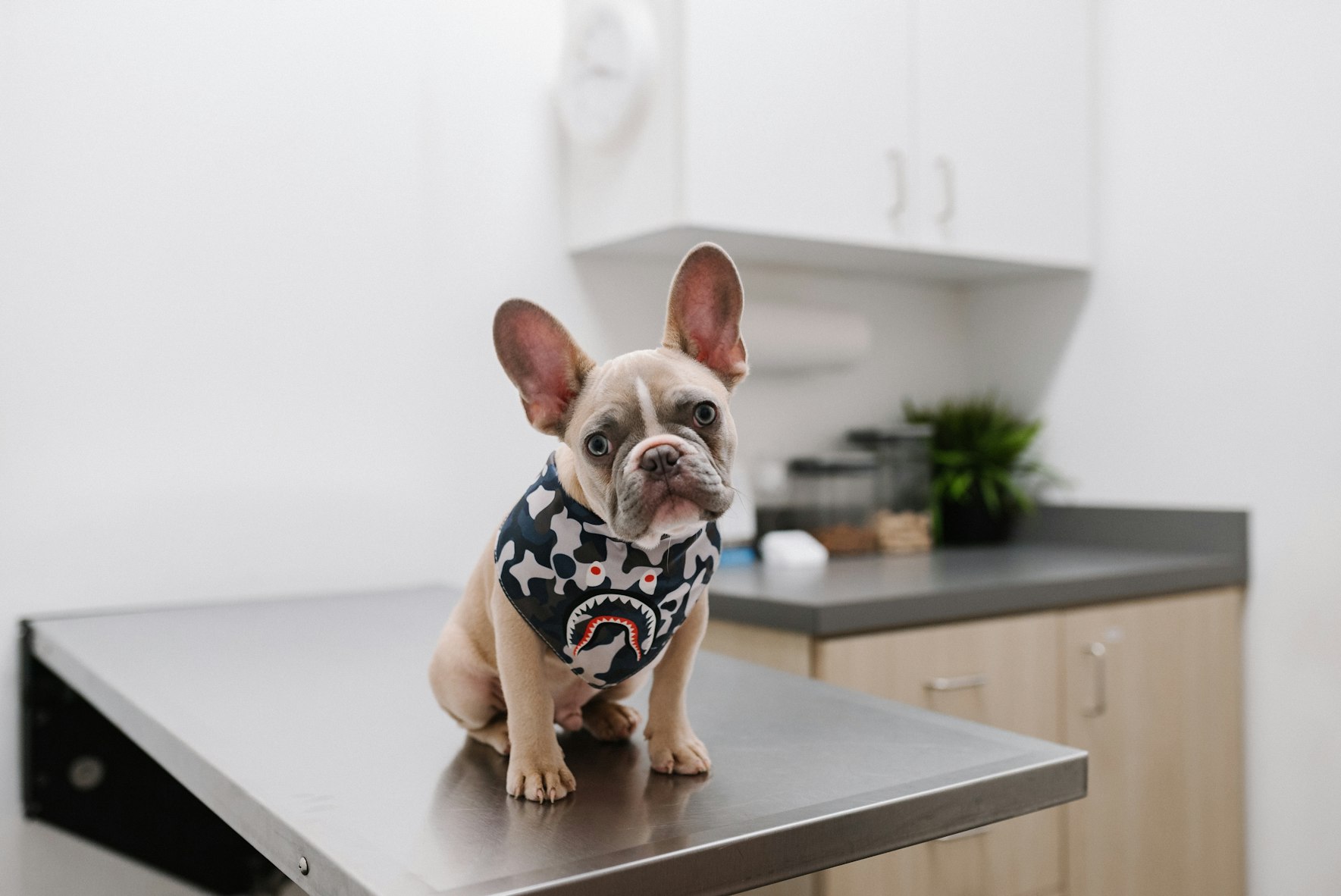What’s in a Fecal Sample?
Monday, October 4, 2021 09:10:40 AM America/Los_Angeles
One of the less enjoyable experiences of being a dog paw-rent involves taking your fur baby to the vet. Perhaps even less pleasant is when the vet instructs you to collect your dog’s fecal sample, giving an entirely new meaning to “doggie bag.” So, what’s in a fecal sample that’s so important?
Photo by Karsten Winegeart
Can a Stool Sample Detect Worms?
Yes, stool samples can detect a number of different internal parasites and it is one of the most common uses of fecal samples. Samples can be used to find tapeworms, hookworms, and roundworms. Other parasites that can be detected in feces are giardia and coccidia.
However, dog poop can offer a wide range of information beyond the presence of worms. For instance:
- Consistency lets us know if there are any gastrointestinal issues.
- Frequency might indicate constipation.
- Texture can give clues about hydration levels.
- Color provides insight about the state of a dog’s digestive system.
How Should Fecal Samples Be Stored?
So, you’ve managed to scoop some poop into a sandwich bag after your pup’s used the dog bathroom, but you won’t be able to drop the sample off at the vet until after work. Now what?
After sealing the bag or container containing the sample securely, it should be placed into another bag to keep it from contaminating anything. Stool samples can luckily be stored in the fridge for up to 24 hours, but if that makes you feel a bit squirmy, it can also be placed on ice. Having a real bark pee pad like Bark Potty can make it easier to keep track of bowel movements. Because there’s more to poop than worms, it’s helpful to take note of things like frequency, texture, color, and so on.
Dealing with dog poop can seem like a gross chore, but a fecal sample can be incredibly useful for helping us learn about the health of our dogs. After the yucky job of collecting and transporting a fecal sample, you’ll be awarded with valuable info that’ll keep your pup happy and healthy!
